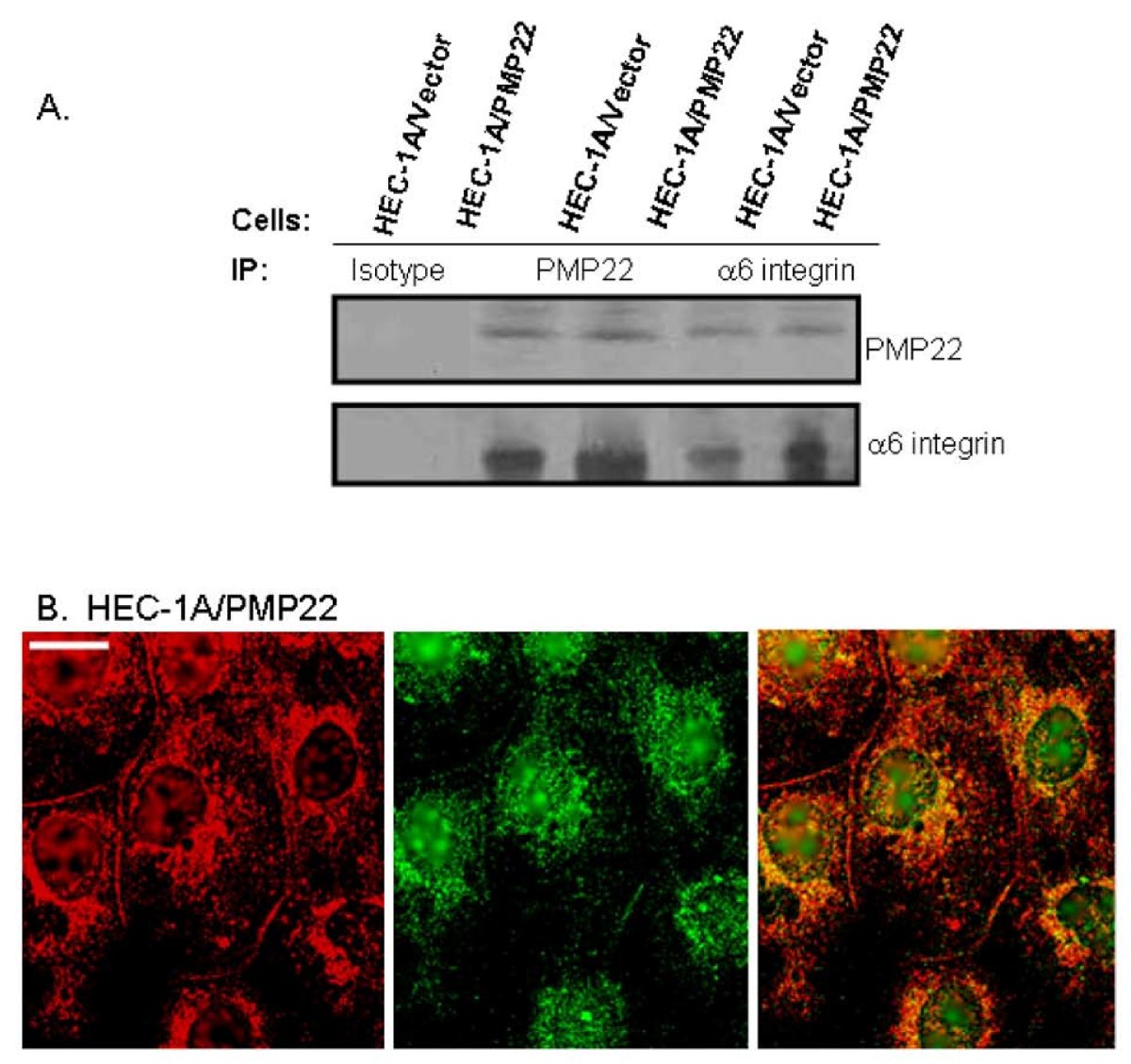


(c) α IIbβ 3 purified from platelets in detergent (8, 10, 12), (13) and embedded in lipoprotein nanodiscs (9, 11). (b) α IIbβ 3 ectodomain, clasped (4) or unclasped (5-7). (a) α Vβ 3 ectodomain with a C-terminal coiled-coil clasp (1) or unclasped with Mn 2+ (2) or RGD (3). Panels show representative class averages of negatively-stained integrins unless otherwise noted. Structure of integrins from electron microscopy, electron tomography, and neutron or X-ray scattering in solution reveal three conformational states. Therefore, we focus here on the overwhelming evidence in support of the extension and headpiece opening model of integrin activation ( Fig. Disulfide reduction or isomerization is not required for activation, and a specific interface between the α and β-knees does not restrain integrin activation. Specific tests of headpiece separation and a deadbolt provided evidence against these models, as have subsequent integrin structures. Multiple models of integrin activation have been proposed. between the upper and lower legs, occur in α between the thigh and calf-1 domains, and in β between the integrin epidermal growth factor-like (I-EGF) domains 1 and 2 ( Fig. The headpiece, containing the head and upper leg domains, closely contacts the lower α and βleg domains. Ectodomain crystal structures of α Vβ 3, α IIbβ 3, and α Xβ 2 all reveal a bent conformation ( Fig. The αI-less integrins such as α Vβ 3, α IIbβ 3 and α 5β 1, and αI integrins such as lymphocyte function associated antigen-1 (LFA-1, α Lβ 2) and α Xβ 2 reveal overall similarities in structure and function ( Fig. Therefore, only very large separations between α and β TMD, such as induced by lateral motion of β when its cytoplasmic domain is associated with the actin cytoskeleton, can be transmitted through the floppy β-leg to stabilize the high-affinity, open headpiece conformation. This is symbolized by the dashed lower β-leg.

Although the integrin headpiece has highly preferred closed and open conformations, the lower β-legs are highly flexible, and thus we speak of “overall” conformational states. Similar interdomain rearrangements in αI integrins result in activating a binding site for an internal ligand, Glu310 in α L, which pulls down the αI α7-helix to activate a similar increase in affinity (~1,000 to 10,000-fold) of the α L I domain for the ligand ICAM-1. Swing-out of the hybrid domain at its interface with the βI domain is connected through the βI α7-helix to rearrangements at the βI interface with the β-propeller domain that greatly (~1,000-fold) increase affinity for ligand in the extended-open conformation. Extension at the α- and β-knees releases an interface between the headpiece and lower legs and yields an extended-closed conformation also with low affinity. The bent conformation has a closed headpiece and is low affinity. The three overall integrin conformational states. β is the most important subunit in connecting to the cytoskeleton and transmitting the conformational changes that activate ligand binding. In αI-less integrins, β-subunits modulate ligand specificity. The α-subunits have the greatest influence on ligand-binding specificity, and define different integrin families with specificity for Arg-Gly-Asp (RGD) motifs (α IIb, α V, α 5, α 8), intercellular adhesion molecules and inflammatory ligands (α L, α M, α X, α D), collagens (α1, α2, α10, α11), laminins (α 3, α 6, α 7), etc. These changes alter the structure of metal ion-dependent adhesion sites (MIDAS) in αI and βI domains that bind Glu or Asp sidechains in extrinsic or intrinsic ligands (Key, Fig. αI and βI domains are structurally homologous and undergo similar conformational change to regulate ligand binding affinity ( Fig. In αI integrins, the αI domain binds ligand ( Fig. In αI-less integrins, the ligand binding site is formed at the interface between the α-subunit β-propeller domain and β-subunit βI domain, i.e. Integrin α-subunits come in two flavors, either with or without an inserted or αI domain. Eighteen α and eight β-subunits come together to form 24 different integrin heterodimers. Integrins are heterodimers of noncovalently associated α and β-subunits, which each contain large N-terminal extracellular domains, single-span transmembrane domains (TMD), and C-terminal cytoplasmic domains ( Fig.


 0 kommentar(er)
0 kommentar(er)
